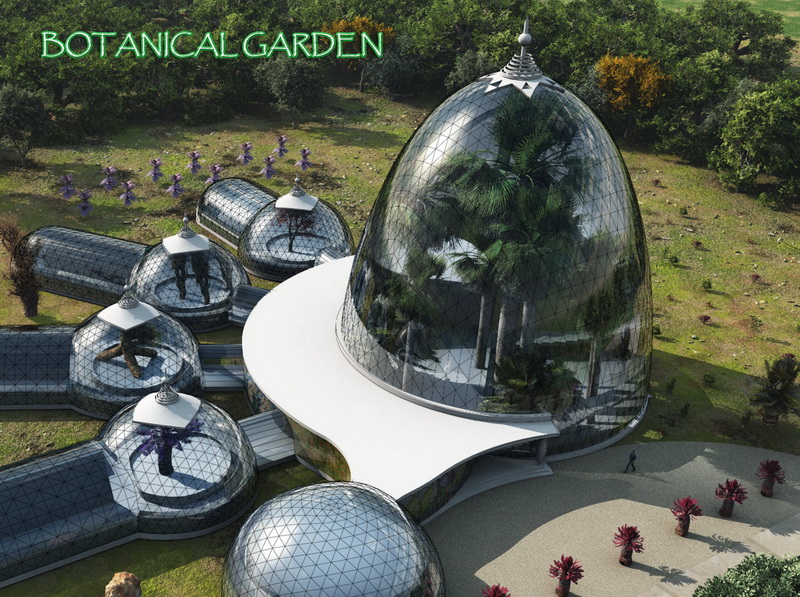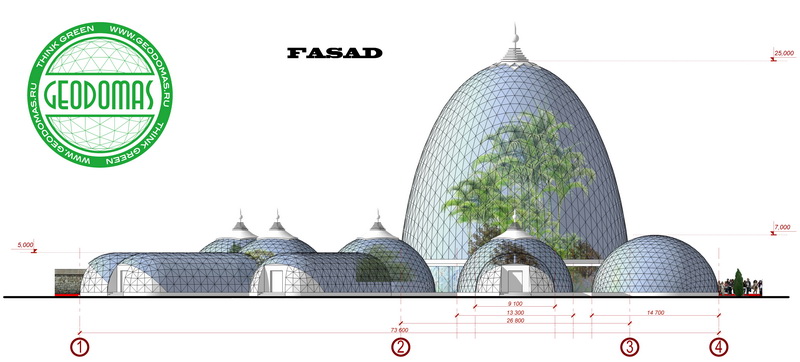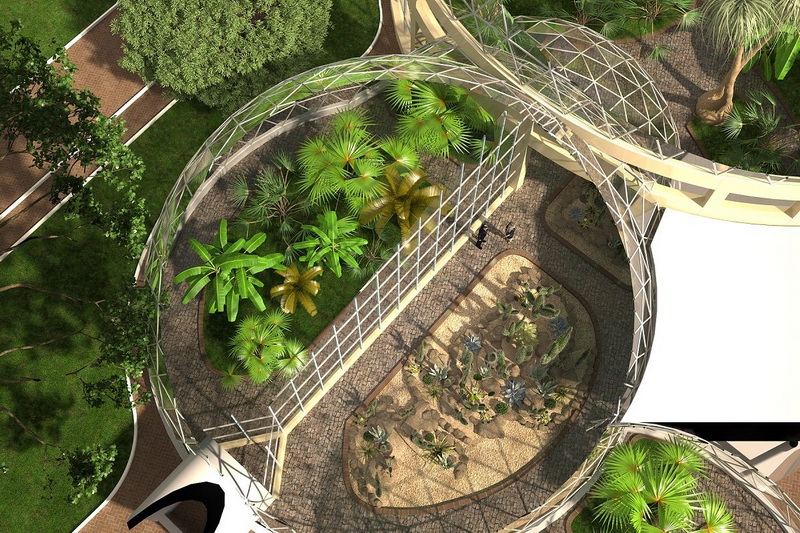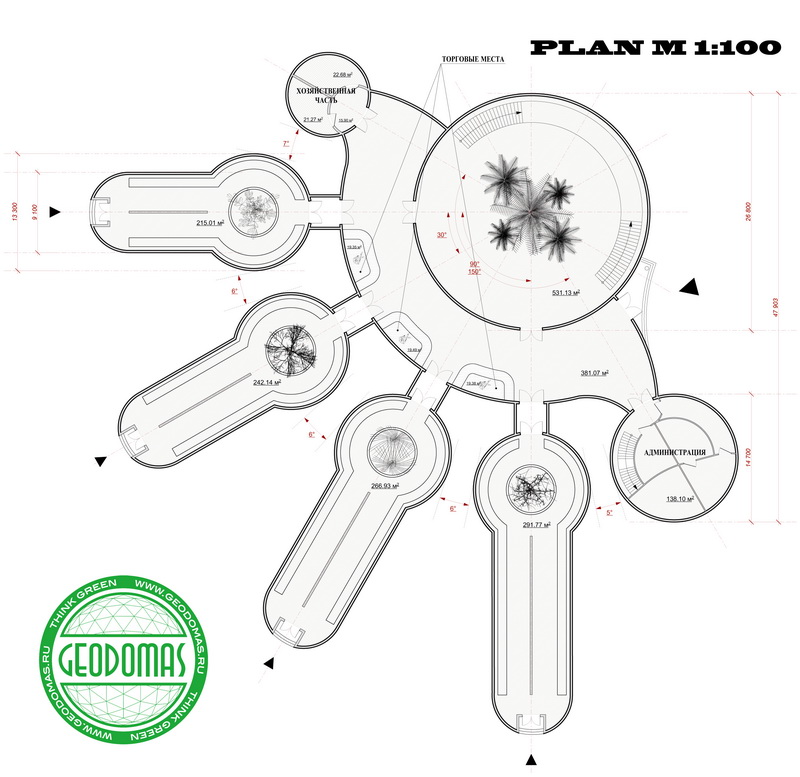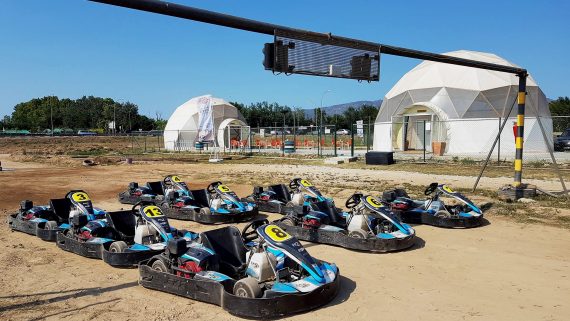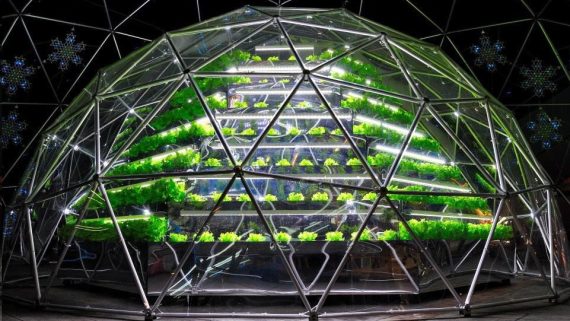
Botanical Garden BFU Kantа Reconstruction | Geodesic Domes 1700m2, Kaliningrad, Russia

Botanical Garden of Immanuel Kant Baltic Federal University
Königsberg town gardens were established in 1904. The garden creator and its first director Keber had gathered a collection of plants and acclimatized them in local conditions. After that the plants were recommended for cultivation and used for the town’s decoration.
Since 1968 the Botanic garden has been under the authority of the Kaliningrad University. Its total area covers 16,5 ha; the arboretum is 8,5 ha; the nursery garden is 0,5 ha; flower collections in open beds cover 1,5 ha. The rest of the territory is occupied by collectional greenhouses of tropical and subtropical plants, industrial greenhouses, hotbeds, lawns and the lake.
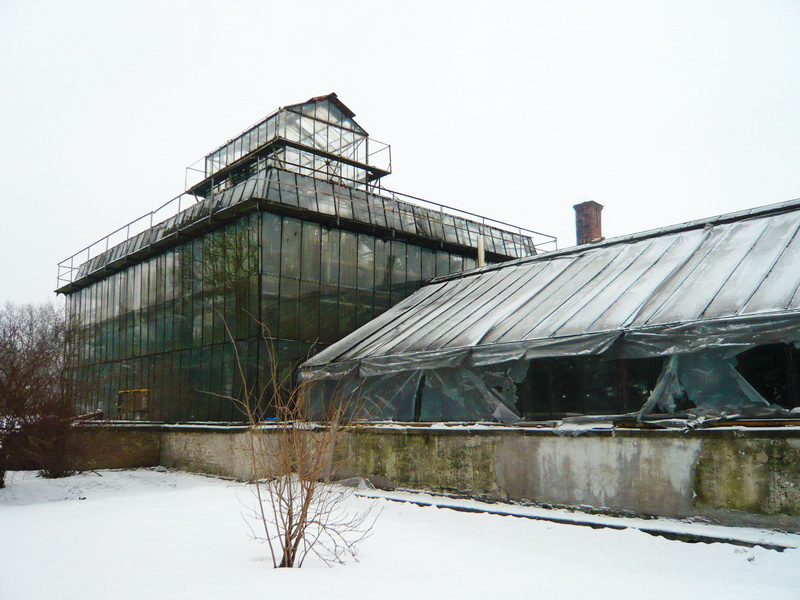
The collecional fund runs to over 2,5 thousand names of plants. In the arboretum and nursery garden a big collection of valuable and rare arboreal and shrub plants is gathered – about 700 species and garden forms coming from 57 families. Majority of the plants have already attained maturity age – they blossom and fruit. The plants gathered in the garden represent almost all climatic zones of the globe. Many of them are from the North America /32%/, Japan and China /22%/, the Far Hast /12%/.
The garden has valuable collections of oaks, beeches, maples, limes, horse-chestnuts, nut-trees and birches. They are arranged into separate parterres and alleys. The most beautiful nooks of the garden are an alley of twining plants /15 denominations/ forming a green are over the path and a wonderfully picturesque parterre of coniferous plants /86 denominations/.
The garden arboretum is famous for its rare ornamental forms /ISO/. They have unusually coloured leaves and flowers /purple, golden, blue, motley/ and uncommon crowns /weeping, pyramidal, spherical, outstretched/. There are remarkable maples: Acer platanoides Crimson King, Drummondii, Acer pseudoplatanus Variegata, Leopoldii, Acer negundo Variegata; beeches: Fagus silvatica Aurea, Fagus silvatica Laciniata. These wonderful trees give the whole gamut of colours – from delicate apple-green to black tinged with blue.

There are such very rare for our country plants äs English oak /Quercus robur Filicifolia/ and black alder /Alnus glutinosa Pyramidalis/. ,Over 150 species of trees and shrubs are particularly valuable, rare and vanishing. 71 species 6f herbaceous and arboreus plants have been entered in the Red Book of the USSR. Collectional greenhouses of the garden are rieh with rare plants which are located by geographical and systematic principle in four sections: tropical, palm, subtropical and cactaceous.
Flowers growing in open beds from spring till late autumn are represented by small-bulbous flowers /40/, narcissi /2l/, tulips /112/, irises /32/, peonies /32/, gladioli /200/, annuals /257/, perennials /160/, dahlias /116/ and roses /158/. Collaborators of the Botanic garden conduct scientific and instructive work oh introducing and acclirnatizing ornamental plants. The most interesting and resistant tt> local conditicens, species and grades of plants are cultivated to plant greenery in towns and villaqes of Kaliningrad region.
Exchanging its reserve fund and seeds the Botanic garden of the Kaliningrad State University maintains regulär contact with more than 150 home and foreign botanic gardens.
https://www.kantiana.ru/garden/






